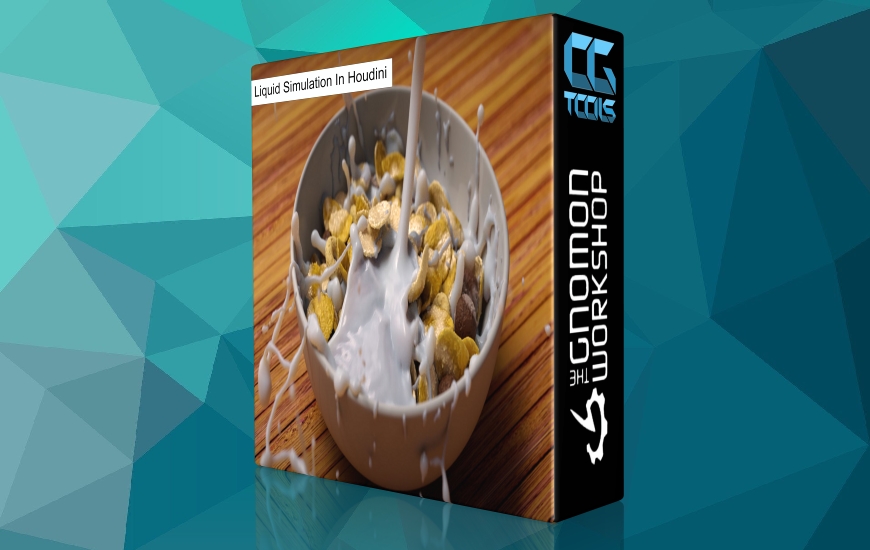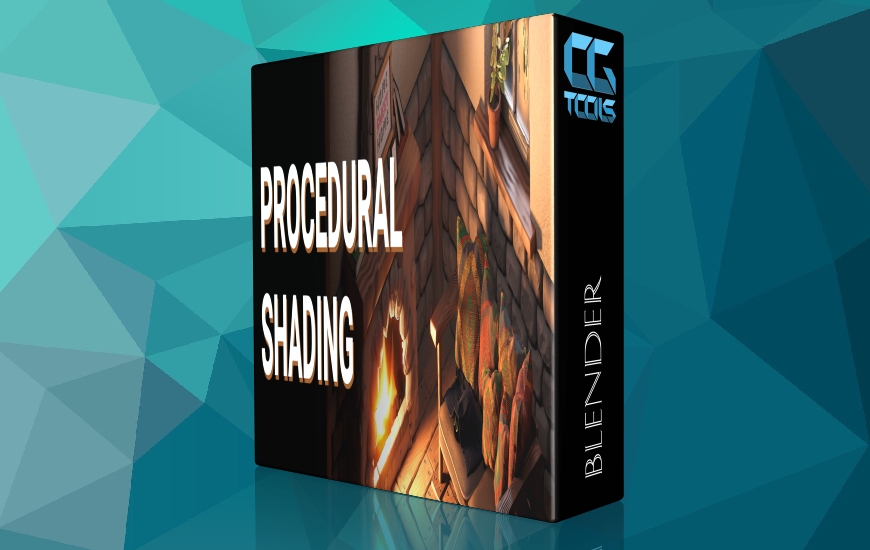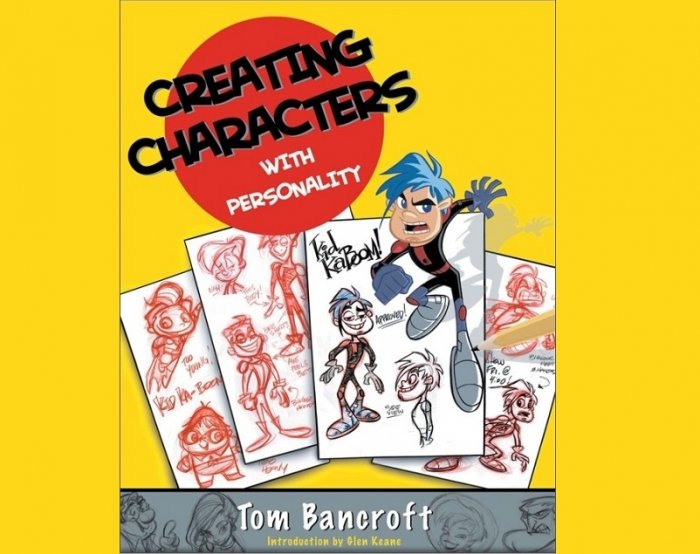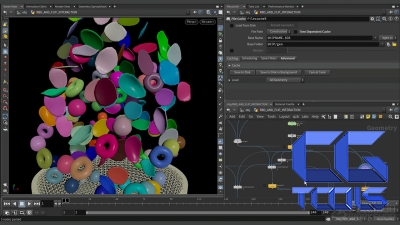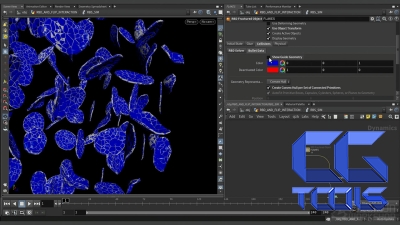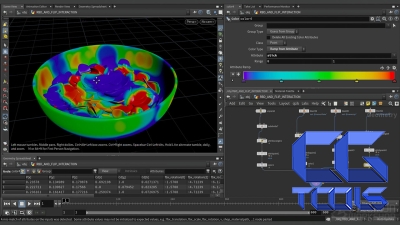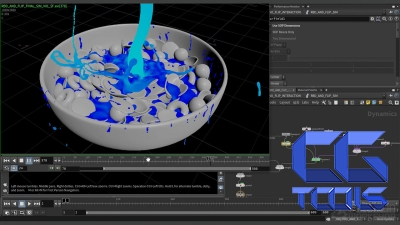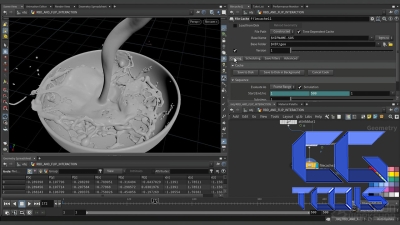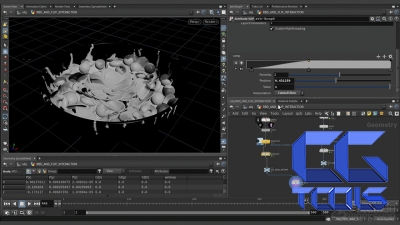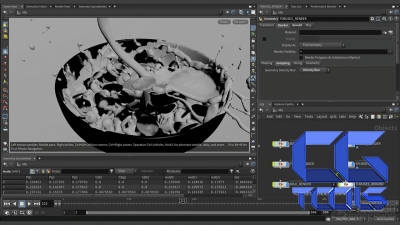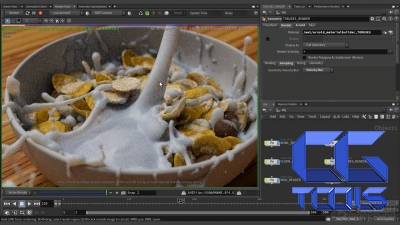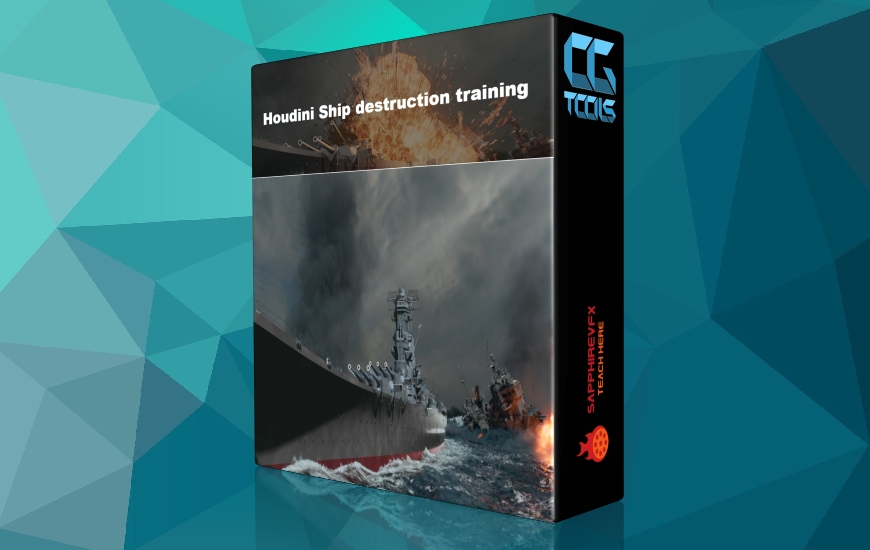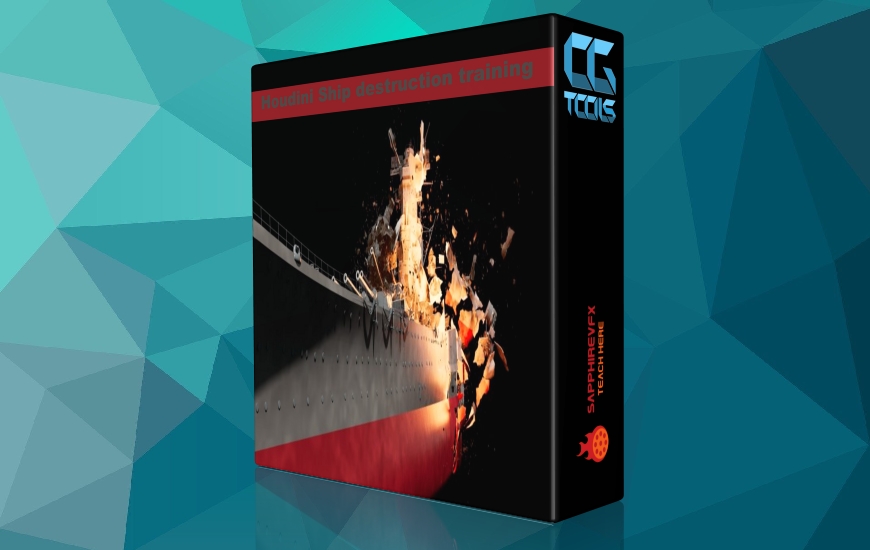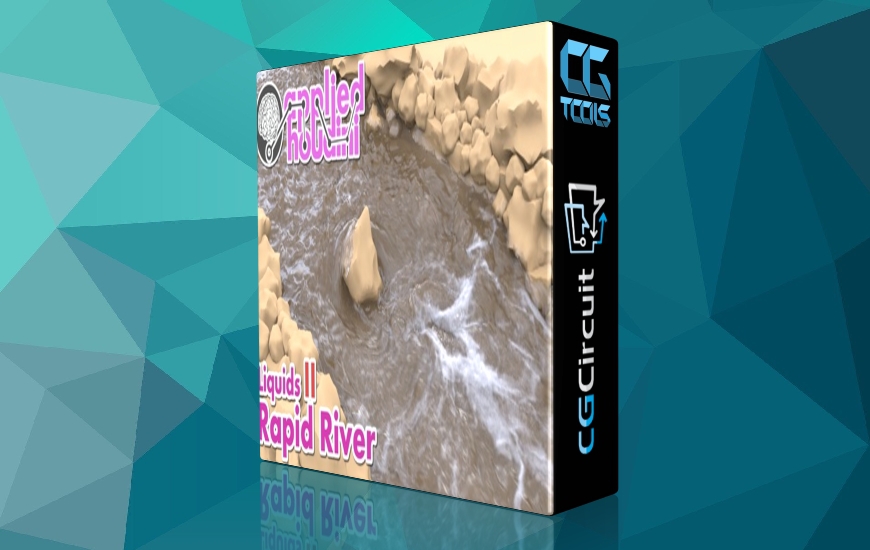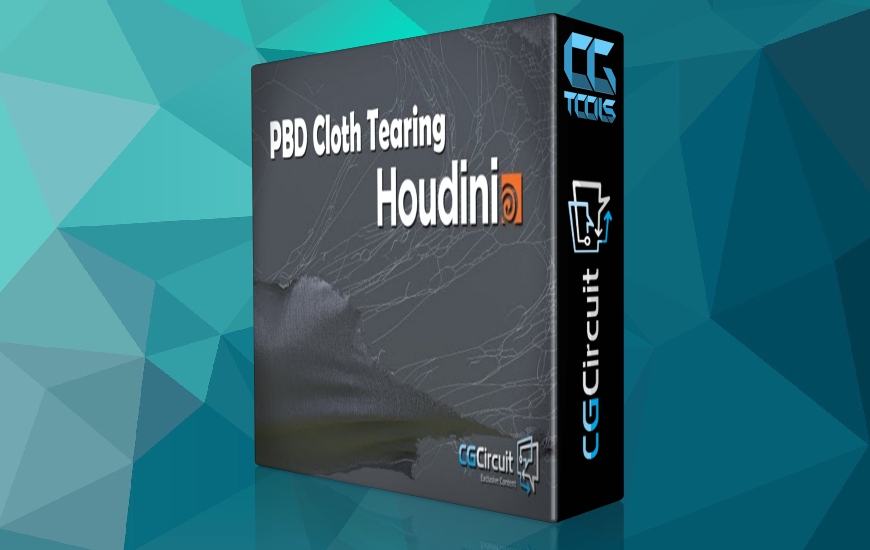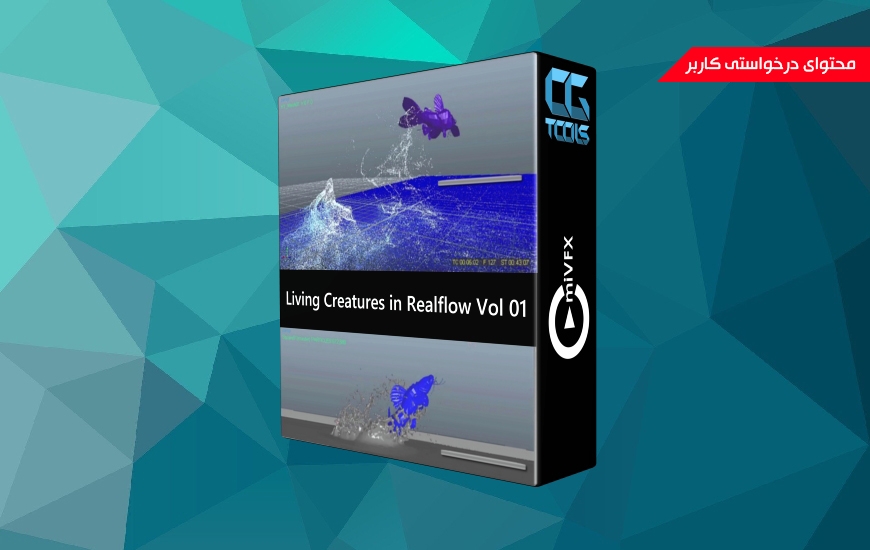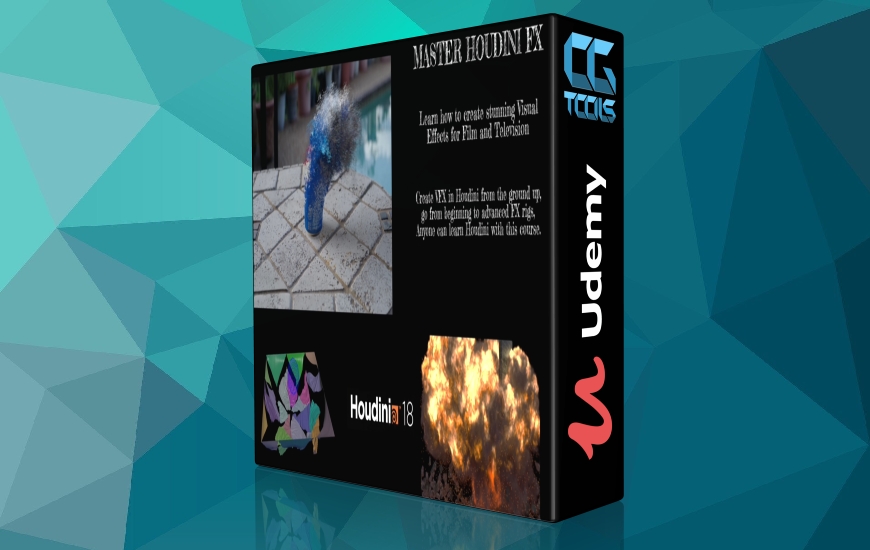![آموزش شبیه سازی مایعات در هودینی]()
ریختن شیر در یک کاسه غلات را شبیه سازی کنید تا هنر تعامل با اجسام Rigid Body Dynamic و FLIP Fluid Particles را بیاموزید. این کارگاه 3.5 ساعته توسط استاوروس سوفیانوس به شما آموزش میدهد که چگونه یک افکت پویا و قابل هدایت هنری ایجاد کنید، کاسه را با شیر پر کنید و به قطعات غلات خود اجازه دهید شناور شوند. این آموزش برای هنرمندان سطح متوسط با درک اولیه از هودینی ایجاد شده است.
Stavros با ایجاد لایههای مختلف غلات و قرار دادن آنها به روشی ساده و در عین حال مؤثر شروع میکند که به شما امکان میدهد بعداً با استفاده از حلکننده FLIP تعاملی لذتبخش ایجاد کنید. شما همچنین یک تکنیک شکست Voronoi را برای ایجاد پروکسیهایی که میتوانند در شبیهسازی RBD برای ایجاد حالت اولیه غلات در کاسه مورد استفاده قرار گیرند، کشف خواهید کرد.
نحوه اتصال مجدد پراکسی ها به هندسه های اصلی، نحوه ایجاد امیترها برای شبیه سازی FLIP، نحوه تسلط بر تکنیک فیلد چوب سفارشی را خواهید یافت تا بتوانید چسبندگی شیر روی کاسه و غلات را کنترل کنید، و شما یاد خواهید گرفت که چگونه به طور موثر یک حل کننده RBD و FLIP را برای تعامل با یکدیگر تنظیم کنید.
این کارگاه همچنین نحوه ایجاد مش سفارشی خود را برای شبیهسازی FLIP توضیح میدهد، تکنیکی را برای تولید نقشههای مرطوب نشان میدهد، و تکنیکهای سایهزنی و رندر Stavros را با استفاده از رندر آرنولد پوشش میدهد.
فایل های پروژه ارائه شده با این کارگاه شامل دو فایل هندسه کاسه (یکی با فرمت Alembic و دیگری با فرمت FBX) و فایل Houdini با تنظیماتی است که استاوروس برای این کارگاه ایجاد کرده است.
مشاهده توضیحاتــ انگلیسی
Simulate milk pouring into a bowl of cereal to learn the art of interacting with Rigid Body Dynamic objects and FLIP Fluid Particles. This 3.5-hour workshop by Stavros Sofianos will teach you how to craft a dynamic, art-directable splash effect, filling the bowl with milk and allowing your cereal pieces to float. This tutorial is created for intermediate-level artists with a basic understanding of Houdini.
Stavros begins by creating various layers of cereal and placing them in a simple yet effective way that will allow you to create a pleasing splash interaction later using the FLIP solver. You’ll also explore a Voronoi fracture technique to correctly create proxies that can be used in an RBD simulation to generate the initial state of the cereal in the bowl.
You will discover how to reconnect the proxies back to the original geometries, how to create the emitters for the FLIP simulation, how to master a custom stick field technique so you can control the stickiness of the milk on the bowl and on the cereal, and you’ll learn how to efficiently set up an RBD and FLIP solver together to interact with each other.
This workshop also details how to create our own custom mesh for the FLIP simulation, shows a technique for generating wet maps, and covers Stavros’s shading and rendering techniques using the Arnold renderer.
Project files provided with this workshop include two bowl geometry files (one in Alembic and one in FBX format) and the Houdini file with the setup that Stavros created for this workshop. Links to the models and free assets used are also provided.
